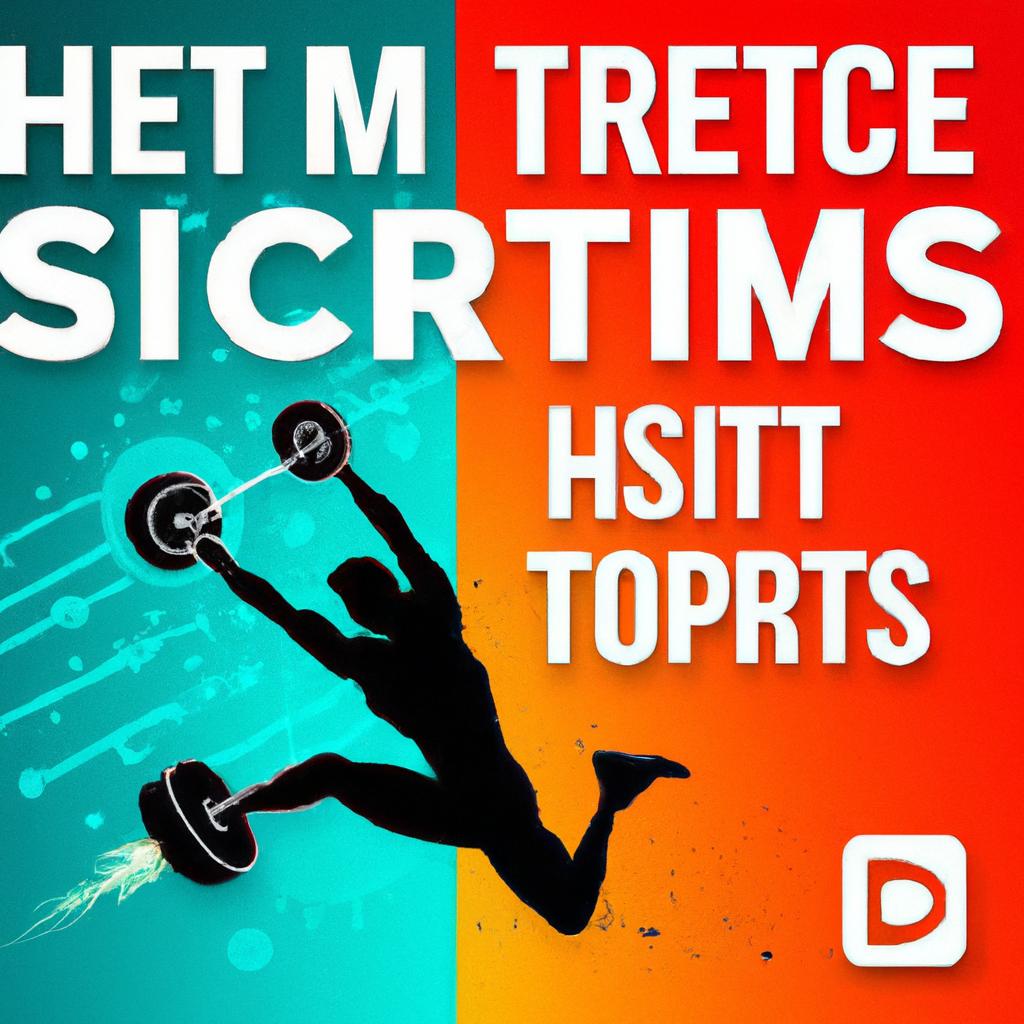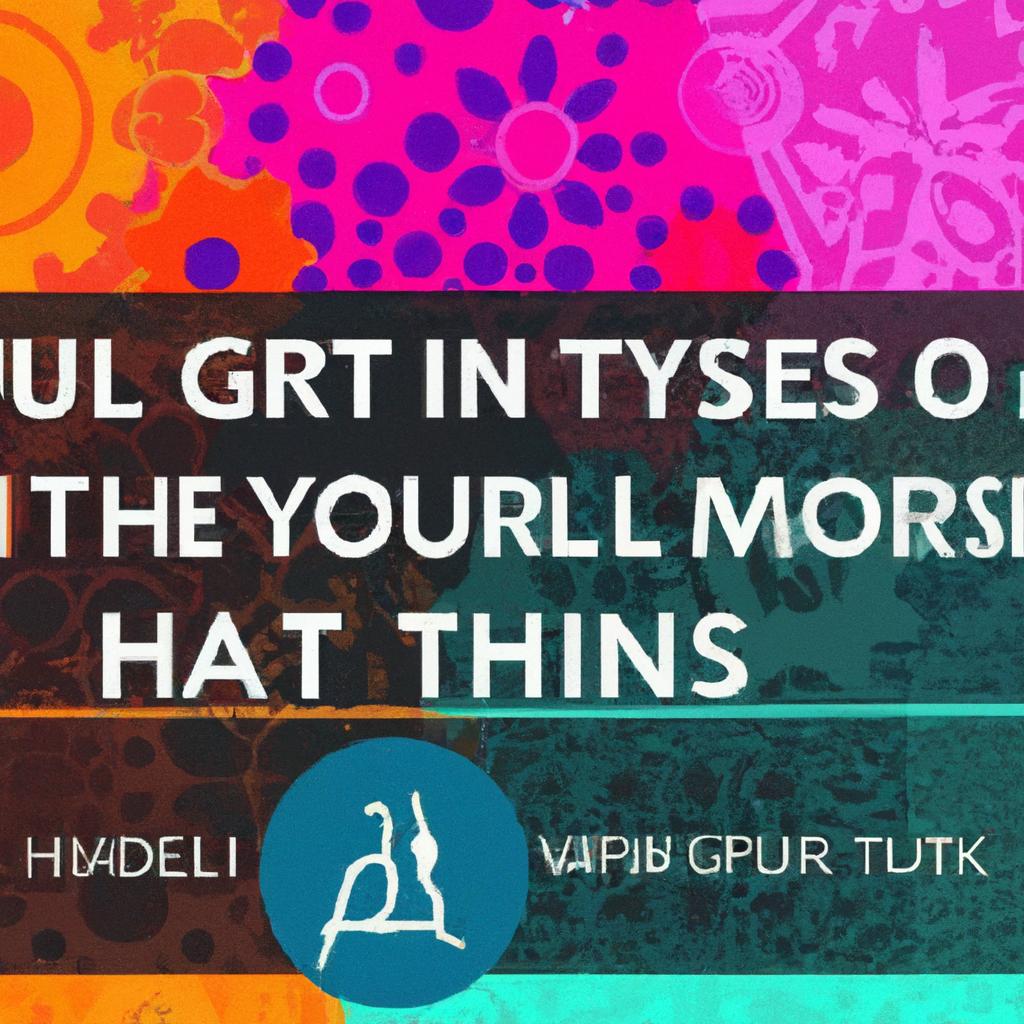HIIT science & Benefits: Unlocking the Power of High-Intensity Interval Training
In a world where time is often of the essence and fitness trends come and go with the seasons, High-Intensity Interval Training (HIIT) has emerged as a game-changer for those seeking effective workouts without the prolonged commitment. But what lies beneath the buzz? Dive into the science of HIIT, where bursts of high-energy exertion meet strategically timed recovery, creating a unique synergy that transforms both body and mind. This article unpacks the physiological mechanisms at play, explores the myriad benefits of this training style, and demonstrates why HIIT has captured the attention of fitness enthusiasts and researchers alike. Whether you’re a seasoned athlete or a curious novice, understanding the power of HIIT could redefine your approach to fitness and well-being. Join us as we unravel the foundational principles and incredible advantages that make HIIT an enduring staple in modern exercise regimens.
Understanding the Physiology of High-Intensity Interval Training
The physiology behind high-intensity interval training (HIIT) is as intriguing as its promise of rapid fitness gains. When you engage in HIIT, your body rapidly switches between anaerobic and aerobic energy systems. During the high-intensity bursts, the body primarily relies on anaerobic pathways, which do not require oxygen and utilize stored energy in the muscles.This leads to improved muscle hypertrophy and increased metabolic capacity. The toggling between high exertion and brief periods of recovery also stimulates a significant rise in heart rate, pushing your cardiovascular system to adapt and become more efficient over time.
Additionally, HIIT activates various physiological mechanisms that contribute to its impressive benefits. For example, during the recovery phases, your body enters a state known as Excess Post-exercise Oxygen Consumption (EPOC), where it continues to burn calories at an elevated rate post-workout.This effect aids in enhanced fat oxidation and supports weight loss goals. HIIT is also linked with improved insulin sensitivity and cardiovascular health, due to its ability to lower blood sugar levels and enhance overall aerobic capacity. Here are some of the key physiological responses to HIIT:
- Increased VO2 Max: The maximum rate of oxygen consumption increases, enhancing aerobic endurance.
- Muscle Fiber Recruitment: Improves the activation of Type II fast-twitch muscle fibers, essential for explosive movements.
- Hormonal Response: Elevation in growth hormone and epinephrine levels, aiding muscle growth and fat loss.
Exploring the Metabolic Boost: How HIIT Transforms Energy Expenditure
High-Intensity Interval Training (HIIT) is more than just a workout trend; it serves as a powerful catalyst for enhancing metabolism and energy expenditure. During a typical HIIT session, your body enters a state of heightened energy demand, often referred to as excess post-exercise oxygen consumption (EPOC). This state keeps your metabolism elevated long after the sweat has dried, allowing you to burn calories effectively even while at rest. the unique interplay of intensity and recovery periods not only challenges your cardiovascular system but also prompts your body to adapt by improving its efficiency in utilizing energy substrates.
The benefits of HIIT extend beyond calorie burn, offering various physiological adaptations that contribute to a more robust metabolism. Some of these adaptations include:
- Increased Mitochondrial Density: HIIT has been shown to enhance the number and functionality of mitochondria, the powerhouses of cells, leading to improved energy production.
- Enhanced Glycogen Storage: Regular HIIT workouts improve your body’s ability to store and utilize glycogen,a key energy source during exercise.
- Hormonal Balance: Increases in growth hormone and insulin sensitivity foster a more favorable metabolic habitat.
To put this into perspective, consider the following comparison:
| Exercise Type | Caloric burn (30 Minutes) | EPOC Effect |
|---|---|---|
| HIIT | 300-500 kcal | 12-48 hours |
| Steady-State Cardio | 200-400 kcal | 2-6 hours |
in this way, HIIT emerges as a potent tool not only for those looking to lose weight but also for anyone aiming to elevate their overall metabolic function, enabling sustained energy levels throughout the day.
Tailoring HIIT Workouts for All Fitness Levels: A Comprehensive Guide
High-Intensity Interval Training (HIIT) is a flexible workout style that can be tailored effectively to suit any fitness level. For beginners, it’s essential to start with shorter intervals, such as 20-30 seconds of activity followed by 1 minute of rest. As they progress, they can gradually increase the work intervals and decrease the rest periods, fostering endurance and strength without the risk of injury.Key modifications can include:
- Exercise Selection: Choose low-impact moves like bodyweight squats or modified push-ups for beginners.
- Duration and Intensity: Start with fewer rounds of exercises and incorporate longer rest periods.
- Progression: Incorporate more complex movements and decrease rest times as fitness improves.
For more advanced practitioners, HIIT can be supercharged to enhance performance and target specific fitness goals. This can be achieved by incorporating exercises that require explosive movements or heavier weights, along with shorter rest periods to maximize calorie burn and cardiovascular benefits. A sample progression plan for advanced HIIT might look like this:
| Fitness Level | Interval Duration | Rest Duration | Repetitions |
|---|---|---|---|
| Beginner | 20-30 sec | 60-90 sec | 3-5 |
| Intermediate | 30-45 sec | 30-60 sec | 5-7 |
| advanced | 45-60 sec | 15-30 sec | 8-10 |
By understanding these variations and implementing suitable adjustments, anyone can harness the power of HIIT to achieve their personal fitness objectives.
Integrating Recovery: The Key to Maximizing HIIT Benefits and Performance
Incorporating adequate recovery into a high-intensity interval training (HIIT) regimen can be a game-changer for enhancing performance and results. Recovery isn’t merely about taking breaks; it’s a structured approach that allows the body to rebuild, adapt, and optimize the physiological benefits of HIIT workouts. By focusing on strategic recovery, athletes can experience profound impacts on various factors such as muscle growth, cardiovascular improvement, and metabolic efficiency. Effective recovery strategies include:
- Active Recovery Sessions: Incorporating light movement, such as walking or yoga, to promote blood flow.
- Hydration: Maintaining fluid balance to aid in nutrient transport and muscle function.
- Nutrition: consuming protein and carbohydrates post-workout to facilitate muscle repair and glycogen replenishment.
- Sleep Quality: Prioritizing rest to ensure optimal hormonal balance and recovery processes.
Moreover, understanding the balance between intensity and recovery can lead to sustainable performance improvements. Too often,individuals overlook the importance of rest,which can lead to burnout and a plateau in progress. Integrating recovery not only enhances the body’s ability to bounce back but also maximizes long-term adaptations resulting from HIIT, such as improved VO2 max and increased lactate threshold.Maintaining this balance can be illustrated in the following table:
| Recovery Method | Benefits |
|---|---|
| Active Recovery | Enhances blood circulation and accelerates healing. |
| Hydration | Supports muscle function and reduces the risk of cramps. |
| Proper Nutrition | Aids in muscle repair and replenishes energy stores. |
| Sufficient Sleep | Improves mental clarity and boosts physical recovery. |
Key Takeaways
As we wind down this exploration of High-Intensity Interval Training, it becomes clear that the science behind HIIT is not merely a trending topic; it’s a testament to our understanding of human physiology, endurance, and the art of efficiency. With its roots deeply embedded in research and practice, HIIT offers a revolutionary approach to fitness—one that breaks down barriers of time and accessibility while maximizing results.
Whether you are a seasoned athlete or a newcomer to the world of exercise,HIIT opens the door to a myriad of benefits that reach far beyond the gym. from improved cardiovascular health and metabolic function to enhanced mental clarity and resilience, the potential for growth is boundless. Embracing this training method can serve not only as a catalyst for physical conversion but also as a powerful reminder of the body’s exceptional capabilities.
As we realize the evolving nature of fitness, let HIIT serve as a guiding light—a reminder that progress doesn’t always follow a straight path. Instead,it dances in cycles of intensity and rest,building strength in every heartbeat. so, whether you lace up your sneakers for a rapid-fire sprint or engage in a quiet moment of recovery, remember: in the world of HIIT, every interval counts. Embrace the challenge, celebrate the benefits, and let this dynamic practice empower your journey toward holistic well-being. Thank you for joining us in this deep dive into HIIT; may your workouts reflect the rhythm of your aspirations.


